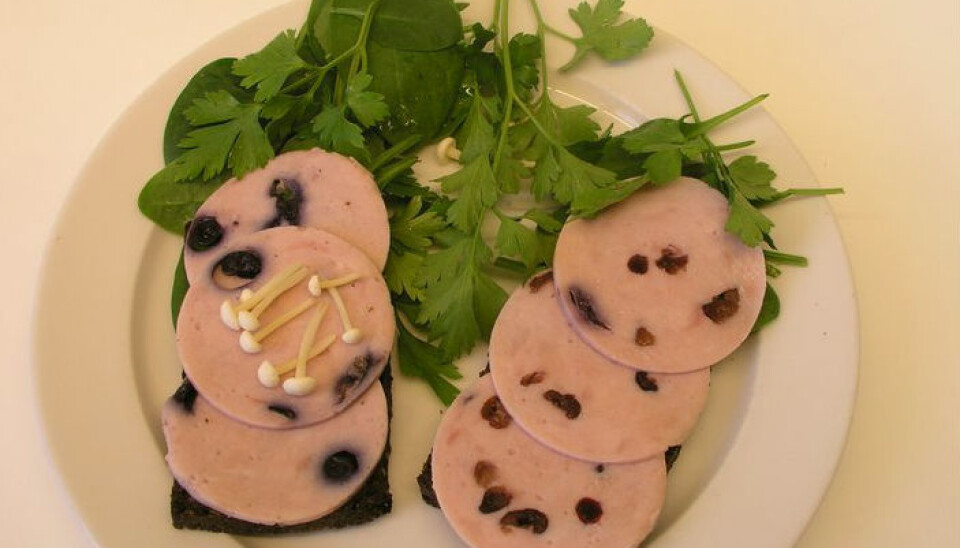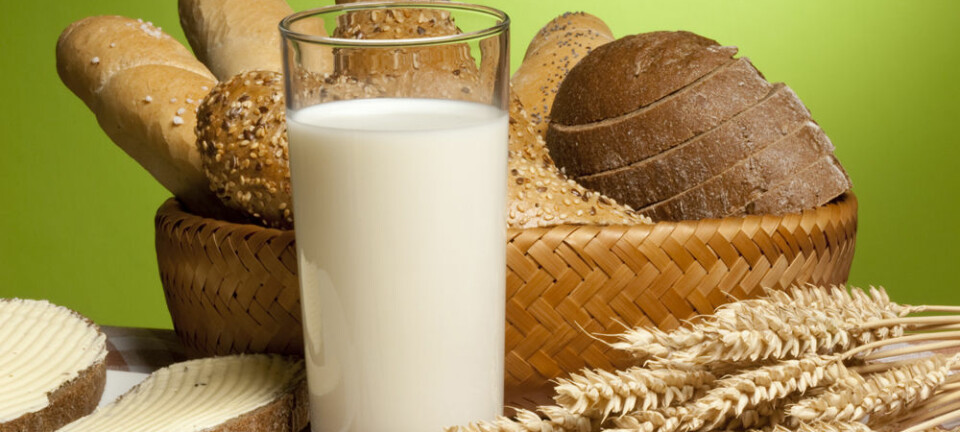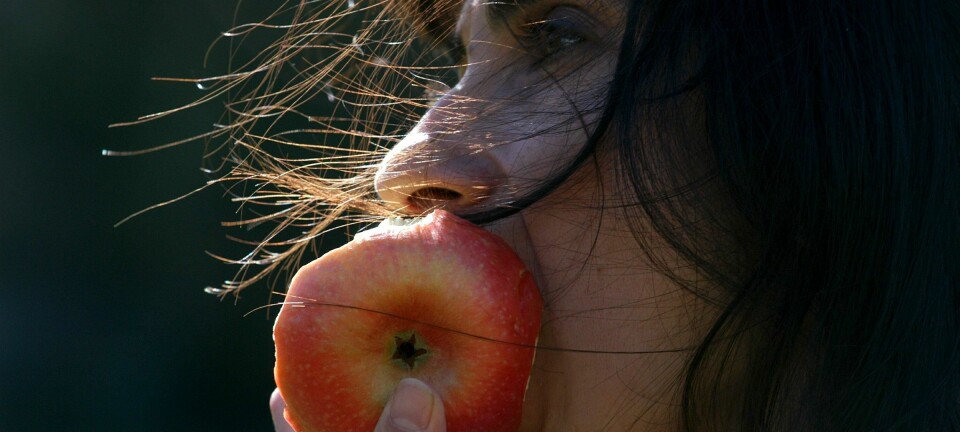
Herbs and berries can preserve meat
Why should the shelf life of meat products be extended by a chemical preservative, nitrite, if nature’s own products, grown ecologically, can be used? Researchers have found eight herbs and berries that can preserve meat – and also offer new flavours.
Many sliced meat products are given an extended shelf life when they are treated with a preservative, nitrite – a chemical that has been linked to the development of cancer (See: Factbox).
Because of this health aspect, Denmark has banned the use of nitrite for preserving organic foods.
With an increasing focus on organic foods, food safety and consumers’ health, researchers have been looking for natural ways of preserving organically produced meat.
Organic preservatives
“We want to make new meat products where we use Nordic herbs and berries as preservatives,” says Flemming Hansen, a senior consultant at the Danish Meat Research Institute (DMRI), part of the Danish Technological Institute.
We want to make new meat products where we use Nordic herbs and berries as preservatives
“Nitrite has a couple of positive qualities,” says Hansen, who heads the Berrymeat project, which is studying new market perspectives using herbs and berries in organic meat products.
“Nitrite combats a number of bacteria, and it retains the red colour of the meat,” he says. “At the same time it prevents the meat tasting rancid and old after a few days in the refrigerator.”
Ham that is not preserved with nitrite would quickly lose its red colour and become greyish.
“But there is a negative side,” adds Hansen. “Consuming too much nitrite has been linked to the development of various cancers.”
Nitrite-free meat products
In principle, we can mix all eight herbs and berries together as long the cocktail works and tastes good.
Hansen and researchers from Aarhus University tested 37 herbs and berries and found eight with good antimicrobial properties – aronia (chokeberry), horseradish, ramson, red currant, savoury, sage, sloe and cranberry.
“The high quality of our meat products and food safety must be maintained, so the herbs and berries must be able to preserve the meat products in a safe and defensible way,” says Hansen. “We’re currently testing these eight herbs and berries in our laboratories.”
“We’re looking for a good cocktail effect,” adds Martin Jensen, a senior researcher at Aarhus University’s Department of Food Science, who also participated in the project.
Balancing taste and protection
Large quantities of any individual herb or berry are needed to give the meat effective protection against bacteria that turn the meat bad. But combining several herbs and berries strengthens their antimicrobial properties in a ‘cocktail effect’ without their individual flavours becoming too dominant.
“In principle, we can mix all eight herbs and berries together as long the cocktail works and tastes good,” says Jensen.
Consumers involved
As flavour is an important element, consumers have been included in the research.
Would you like to taste some sliced sausage with a toothpaste flavour? When MAPP, the Centre for Research on Customer Relations in the Food Sector, offered a group of consumers sliced sausage with peppermint, they said ‘no thanks’.
“It’s no use finding herbs and berries that have the desired preserving properties if they leave a bad taste in your mouth,” says Jensen.
So does sliced meat with an additional taste of red currant, sloe and horseradish, on rye bread, sound appetising? Or how about sausage with a tang of sage, aronia and cranberry?
Not only will meat products like these give consumers new flavours to experience, the herbs and berries will also act as natural preservatives, so the meat will be 100 percent organic.
Other factors
Factors other than taste also play a role in selecting the herbs and berries that can be used as preservatives. It must be possible to grow them organically on commercial terms, so the 28 other herbs and berries, as well as peppermint, were dropped after Berrymeat’s first phase.
Myrtle, for example, was dropped, as it would be too expensive to cultivate.
MAPP, a centre at Aarhus School of Business, specialises in studying consumers’ attitudes to food. It tests DMRI’s new meat products to ensure that they are marketable.
The new meat products will not be available until 2013, when the Berrymeat project, which has operated since 2011, is due to expire.
While Berrymeat aims at creating a series of new organic products, the herbs and berries can also replace nitrite as a preservative for non-organic meat products.
---------------------------------
Read this article in Danish at videnskab.dk
Translated by: Michael de Laine







